How to Deal With Food Waste in Restaurants
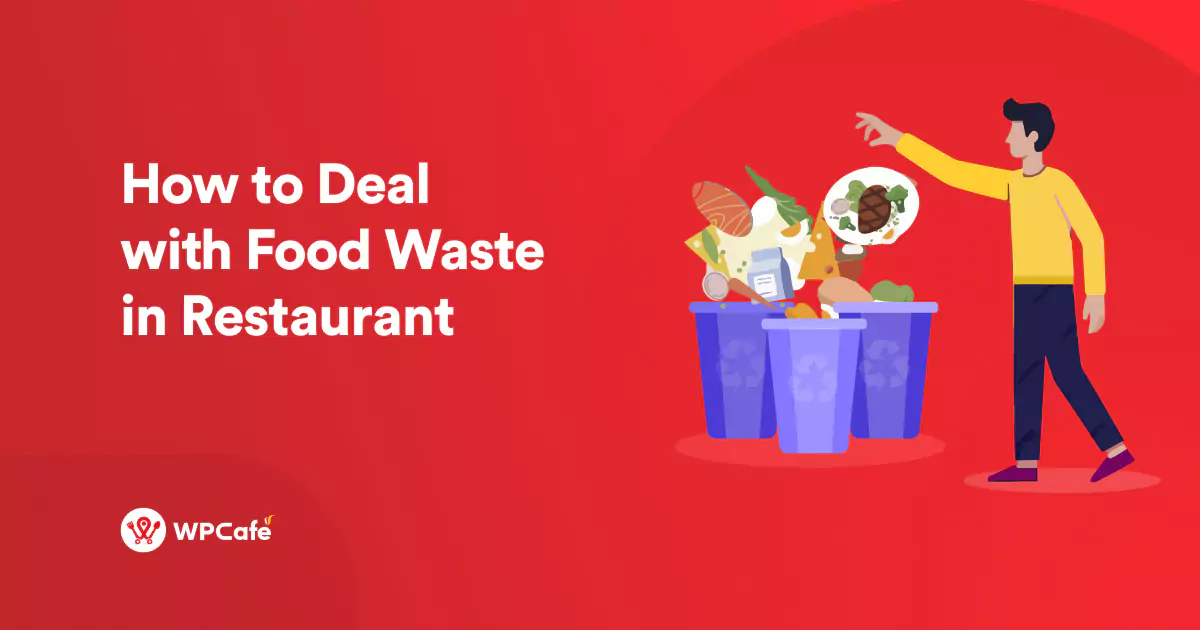
Restaurants hold the power to make a positive impact in today’s sustainable world by managing food waste effectively. With millions of tons of food being thrown away annually, it’s important for restaurants to take action and contribute towards reducing environmental damage while improving revenue. By stepping up to this challenge, restaurants can play a significant role in creating a better future.
According to BCG, approximately 2.5 billion tons of food are wasted each year, with a total value of $230 billion. – Boston Consulting Group
Restaurants can make a significant impact on the environment and make profits by addressing the issue of food waste. We will explore practical ways for restaurants to reduce food waste and its effects on the environment.
The aim of this guide is to provide restaurant owners and policymakers with some practical strategies to curb food waste. 🌏 🌳
🧩 Types of Food Waste in Restaurants

In the restaurant industry, food waste is a major issue that not only affects the environment but also has significant financial implications. According to the Food and Agriculture Organization of the United Nations, around one-third of all food produced in the world for human consumption goes to waste. In restaurants specifically, it is estimated that 4-10% of total food purchased ends up being thrown away.
To effectively tackle this problem, it is important to understand the different types of food waste that occur in restaurants. By identifying these types, restaurant owners and managers can develop strategies to reduce and properly manage their food waste.
👉 Plate Waste: This type of food waste refers to any leftover or uneaten food on customers’ plates that is thrown away at the end of a meal. This could include scraps, unfinished portions, or even full dishes that were not consumed by customers. Plate waste accounts for a significant portion of overall restaurant food waste and can be reduced by accurately predicting customer demand and portion sizes.
👉 Spoilage: Food spoilage occurs when fresh ingredients are not used before their expiration dates or are improperly stored. This often happens due to overstocking or inadequate inventory management. It can lead to both financial losses and unnecessary wastage of edible food items.
👉 Overproduction: Another common type of food waste in restaurants is overproduction – preparing more food than what is needed for service based on incorrect estimations or unforeseen circumstances such as cancelled reservations. While having enough supply on hand is important for smooth operation, overproduction results in surplus inventory which often gets wasted.
👉 Preparation Waste: During meal preparation, there may be instances where certain parts of an ingredient are discarded, such as vegetable peels or meat trimmings. These materials add up quickly and contribute significantly to overall restaurant food waste if not properly managed.
👉 Expired/Unusable Ingredients: Sometimes due to poor planning or errors in ordering, restaurants may end up with expired or damaged ingredients that cannot be used. Discarding these items results in both food waste and financial loss.
👉 Trimming Waste: Parts of raw ingredients that are removed during preparation, such as vegetable peels, meat trimmings, and fat, which are often considered inedible or undesirable.
👉 Unused Condiments: Packets or servings of condiments that are provided but not used by customers, such as ketchup, mustard, or mayonnaise.
👉 Improperly Stored Food: Food that spoils due to incorrect temperature control or cross-contamination in storage. For example, fresh produce stored without proper humidity control can wilt or rot prematurely.
Each type of waste comes with its own challenges that require a different approach to be properly handled. Knowing what kinds of waste a restaurant makes helps management come up with targeted ways to cut down on them, which is good for the business and the environment.
❌ Food Waste Statistics in Restaurants
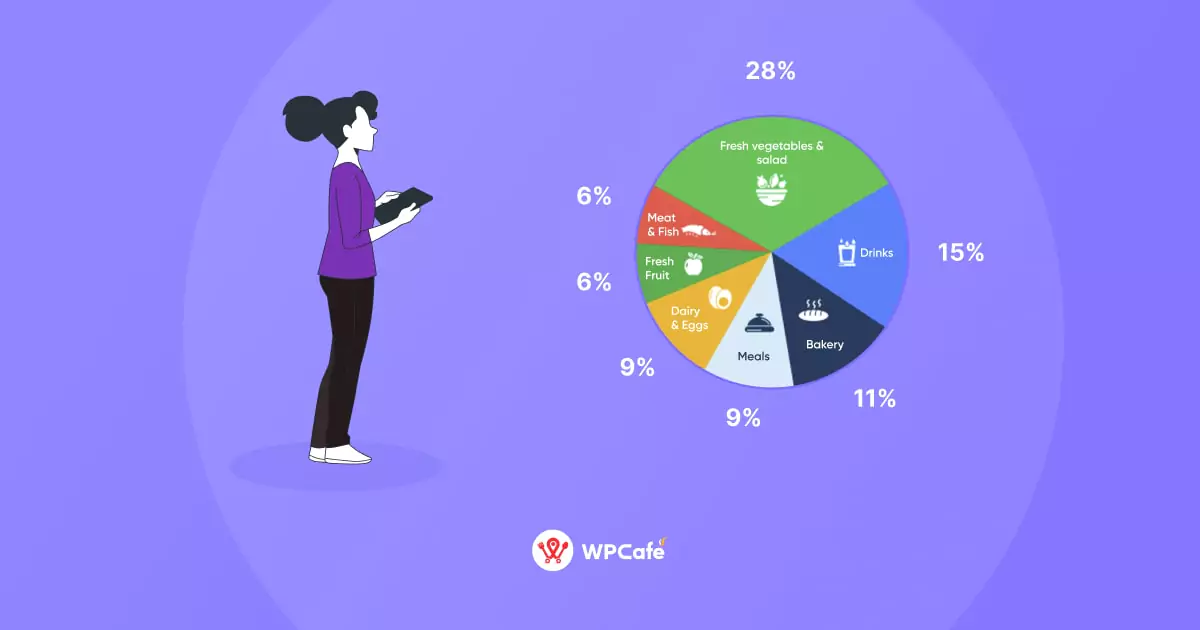
Food waste is a major problem in the restaurant industry, with staggering amounts of food being thrown away every day. In fact, statistics show that restaurants in the United States alone generate around 22 to 33 billion pounds of food waste per year. This amounts to nearly 11% of all the food produced in the country.
One of the main reasons for such high levels of food waste in restaurants is overproduction. Many restaurants are afraid of running out of menu items and therefore tend to produce more than what is needed. This not only leads to wastage but also adds unnecessary costs to the business.
Another contributing factor to food waste in restaurants is improper inventory management. Restaurant owners often struggle with accurately predicting demand and end up ordering more ingredients than necessary, leading to excess food that goes uneaten and eventually gets thrown away.
| Statistic | Details |
| 1. Annual Loss to Food Waste | Restaurants and food-based businesses worldwide lose approximately $2.6 trillion annually due to food waste. Most of this waste occurs at the end of the production chain during meal preparation and distribution. |
| 2. Unsold or Uneaten Food | In the United States, 38% of food available for consumption (after being grown, processed, and transported) goes unsold or uneaten. This includes waste from restaurants, grocery stores, and other food industry businesses. |
| 3. Potential Impact | The amount of food wasted globally could actually feed as many as 2 billion people, which is more than double the number of hungry people in the world. Addressing food waste could significantly impact food access issues and contribute to social consciousness. |
| 4. Food Not Reaching Customers | On average, 4%–10% of food purchased by restaurants never even reaches a customer. Additionally, 31%–40% of food served to customers isn’t consumed. Offering smaller portion sizes and using takeaway containers can help mitigate this waste. |
| 5. Financial Loss | For businesses affected by food waste, the total loss amounts to approximately 5.6% of their total sales. Initiatives to reduce food waste correlate with cost savings, increased revenue, and consumer confidence. |
📍 Yearly Average Global Food Loss and Waste
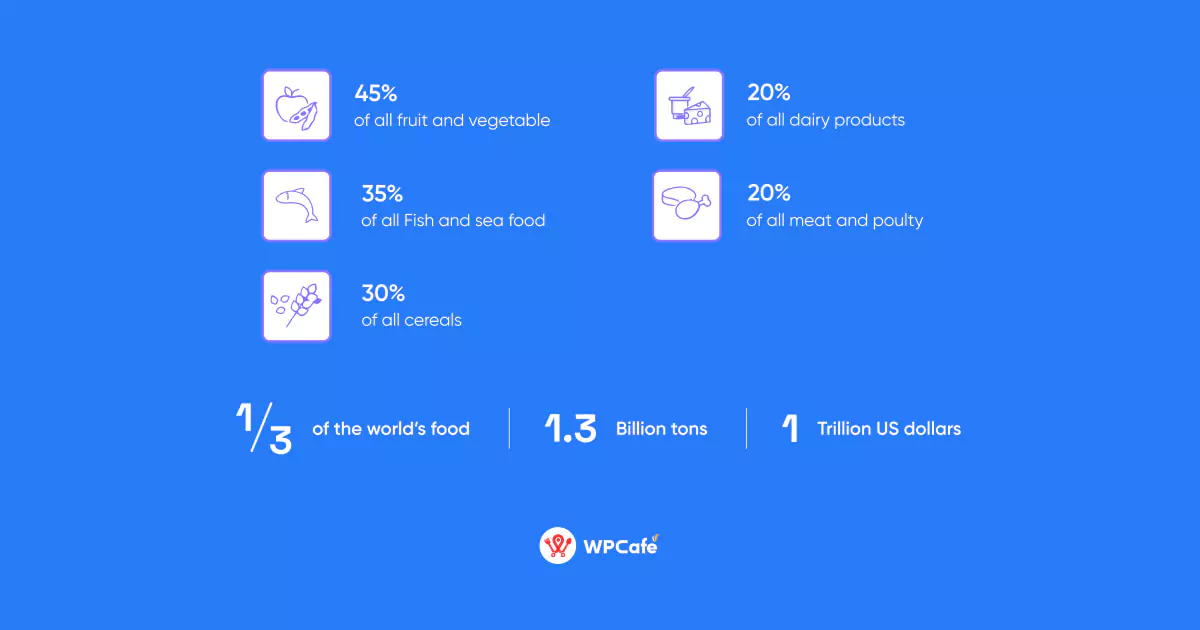
The Food Waste Index Report 2024, published by the UN Environment Programme (UNEP), provides crucial insights into the global food waste crisis.
◼️ In 2022, the world wasted an astonishing 1.05 billion tonnes of food. This colossal amount represents approximately one-fifth (19%) of the total food available to consumers, spanning retail, food service, and households.
◼️ On a global per capita level, 121 kilograms of consumer-level food are wasted annually, with 74 kilograms of this occurring within households. The report also includes regional and national per capita estimates. Food waste has significant environmental, social, and economic repercussions.
🌟 9 Tips for Reducing Food Waste in Restaurants
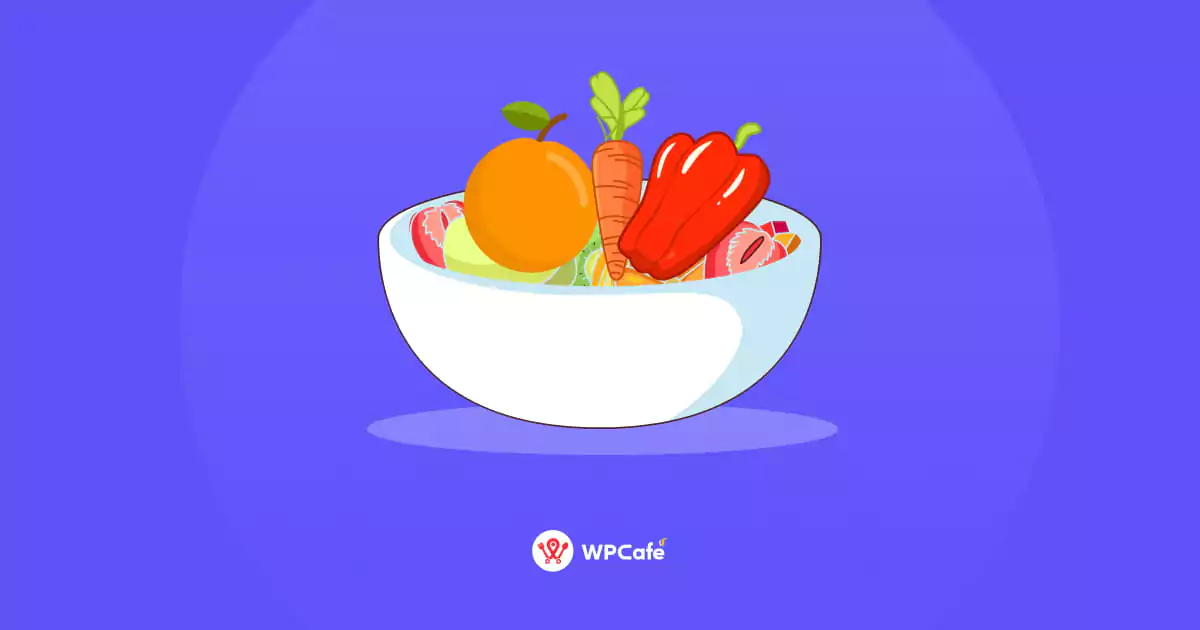
Food waste is a major issue in the restaurant industry, with an estimated 11.4 million tons of food being wasted each year in the United States alone. Not only is this a huge financial loss for restaurants, but it also has negative impacts on the environment. Fortunately, there are steps that restaurants can take to reduce their food waste and become more sustainable. Here are nine tips for reducing food waste in restaurants:
✅ 1. Plan your menu carefully: Start by carefully planning your menu to avoid over-ordering ingredients or having dishes that are rarely ordered. Make sure to consider seasonal availability and portion sizes when creating your menu.
✅ 2. Train your staff: It’s important to educate your staff on the importance of minimizing food waste and how they can contribute to this effort. Emphasize the need for accurate portioning, proper storage techniques, and creative ways to use leftovers.
✅ 3. Monitor inventory regularly: Keep track of your inventory levels and adjust orders accordingly to avoid overstocking perishable items that may go bad before they can be used.
✅ 4. Use every part of the ingredient: Get creative with using all parts of an ingredient, such as utilizing vegetable scraps for stocks or making citrus zest from peels.
✅ 5. Offer customizable portions: Consider offering smaller or customizable portion sizes so customers can order exactly what they want without any excess going to waste.
✅ 6. Donate excess food: Partner with local charities or organizations that collect excess food from restaurants and distribute it to those in need.
✅ 7. Implement a composting program: Composting leftover scraps is a great way to reduce food waste while also creating nutrient-rich soil for gardening purposes.
✅ 8. Monitor customer feedback: Pay attention to customer preferences and adjust menu offerings accordingly to decrease the likelihood of uneaten dishes being thrown away.
✅ 9. Encourage takeout containers: Encourage customers who cannot finish their meals at the restaurant to take home leftovers in reusable containers instead of disposable ones.
By implementing these tips, restaurants can significantly reduce their food waste and make a positive impact on the environment. Not only will this help save money and resources, but it will also cultivate a more sustainable and responsible image for your business.
🌀 Implementing Sustainable Practices for Food Waste
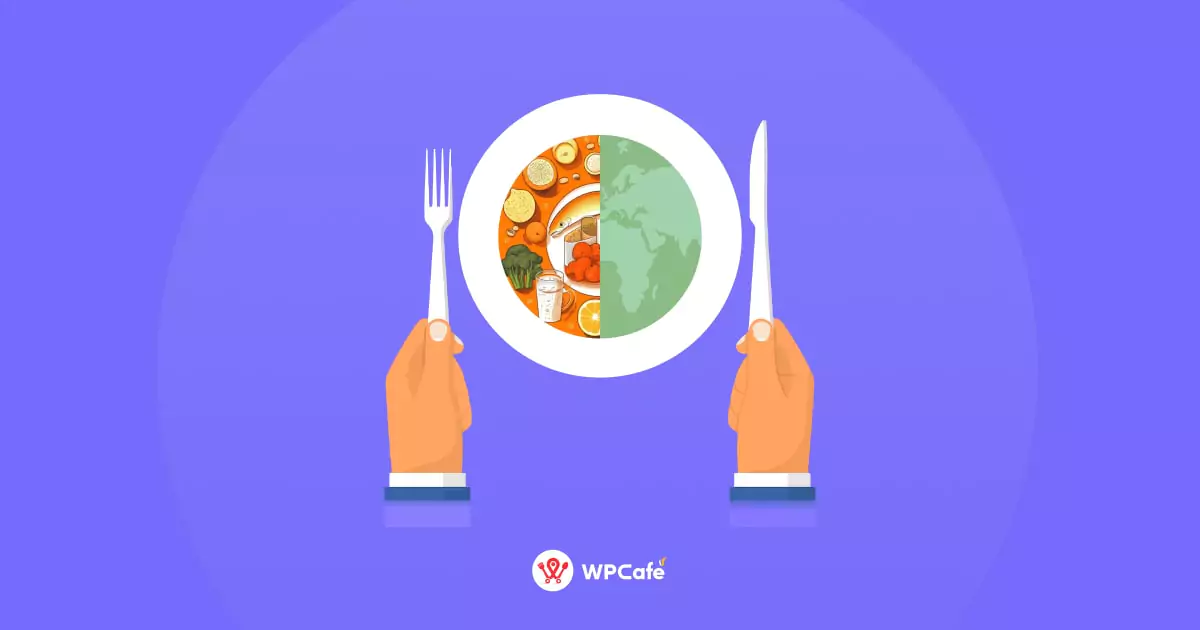
In order to effectively deal with food waste in restaurants, it is important to implement sustainable practices. These are practices that promote the conservation of resources and reduce the environmental impact of the restaurant industry. By incorporating sustainable practices, not only can restaurants reduce their food waste, but they can also save money and attract environmentally-conscious customers. Here are some key steps for implementing sustainable practices in your restaurant.
Conduct a Waste Audit:
The first step towards implementing sustainable practices is to conduct a thorough waste audit. This involves tracking and analyzing all types of waste produced by your restaurant, including food waste, packaging materials, and energy consumption. By identifying areas where wastage is high, you can develop strategies to reduce it.
Utilize Local and Seasonal Ingredients:
One way to reduce food waste is by using local and seasonal ingredients in your menu items. This not only supports local farmers but also ensures that your ingredients are fresh and have a longer shelf life. By sourcing from local suppliers, you also cut down on transportation emissions.
Implement Proper Storage Techniques:
Proper storage techniques are crucial for reducing food waste in restaurants. Make sure to store perishable items such as fruits and vegetables at the right temperature and humidity levels to prolong their freshness. Keep track of expiry dates on products to avoid them going bad before use.
Implement Recycling Programs:
Setting up recycling programs for materials such as glass, plastic, and cardboard can significantly reduce the amount of waste sent to landfills. Additionally, consider composting food scraps to create nutrient-rich soil that can be used in your restaurant’s garden or donated to local farmers.
📝 In Summary
It is important for restaurant owners and staff to work together in adopting these practices and making sustainability a priority. By doing so, we can all play our part in reducing the environmental impact of the restaurant industry while promoting a more sustainable future for our planet. Let’s work together to decrease food waste in the restaurant industry and create a healthier planet for us all. 🌳 🌏



